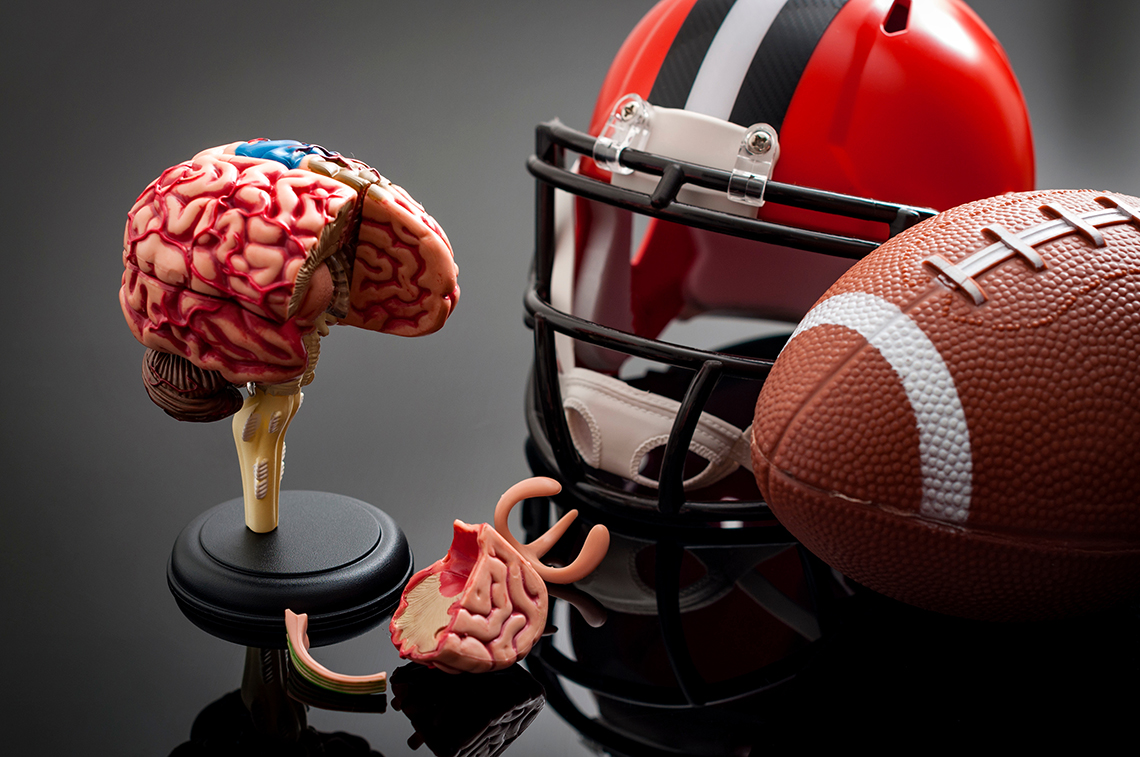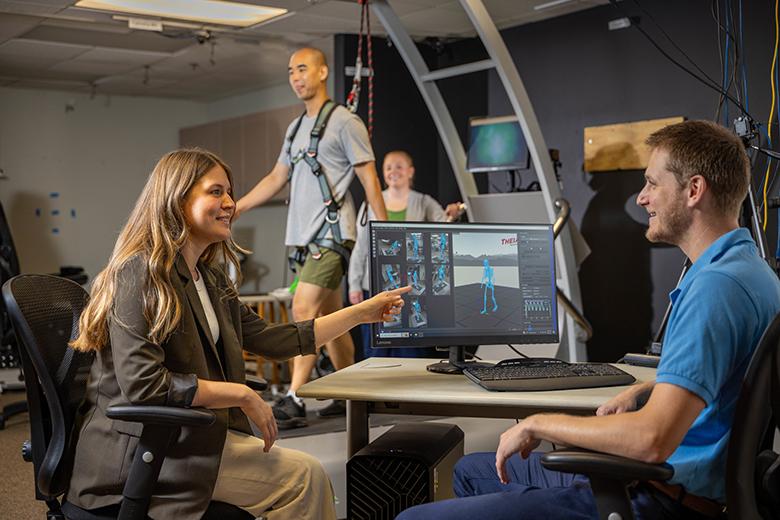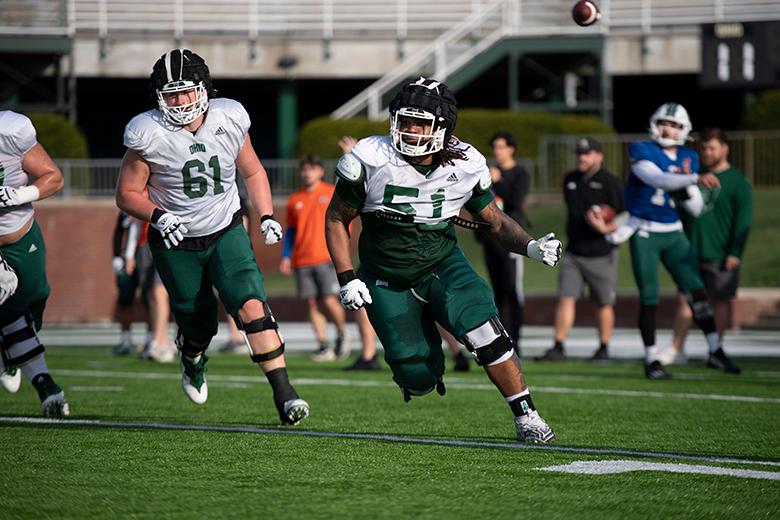The National Football League (NFL) is undoubtably one of the most popular sports leagues in the United States. Each week, millions of fans attend games and millions more tune in at home. Like any full-contact sport, injuries are possible in football, but diehard fans know, there’s potential for a player to go down with a serious injury on any play. One of the most discussed and arguably most serious injuries a player can sustain while playing football is a concussion.
Miami Dolphins quarterback Tua Tagovailoa has recently made headlines for suffering the third concussion of his NFL career with fans and media questioning if he should step away from the sport entirely for the sake of his health. Tagovailoa is only 26 years old. Some players like Cleveland Browns cornerback Denzel Ward have sustained even more concussions in their young careers. The 27-year-old defensive back recently suffered his sixth concussion in seven seasons last Sunday during a game against the Baltimore Ravens. The total number of concussions suffered in preseason and regular-season NFL practices and games was 219 in 2023, up from 213 in 2022, according to The Athletic .
A single concussion isn’t likely to permanently impact an athlete’s cognitive function or long-term health, but multiple concussions might. Ohio University College of Health Sciences and Professions (CHSP) Professor Melissa Anderson says the cumulative effect of multiple concussions may lead to long-term health challenges such as cognitive impairment, depression and other complications.
Anderson specializes in concussion and biomechanics research at OHIO’s Neuromuscular Biomechanics and Health Assessment Lab . Specifically, she researches subsequent musculoskeletal injury risk following a concussion and the long-term neurological effects of repetitive head trauma.
Short-term impacts of a concussion
Concussions can result in a myriad of symptoms like headaches, dizziness, and difficulty focusing. Someone who is concussed can also experience less widely known symptoms like balance problems, changes in sleep and feelings of sadness or nervousness. Anderson said that concussions are not categorized based on severity, but a symptom burden can be determined based on the number and severity of symptoms an athlete reports.
“No two concussions are alike, and It is important that we use different tools to assess different domains to get a holistic view of the injury,” explained Anderson. “If an athlete is reporting feeling okay, we can look at their cognition, reaction time, their ability to hold a stance, things like this to get a better idea of the specific deficits they are dealing with.”
Recovering from a concussion
A multifaceted approach when it comes to care and management is crucial to dealing with the uniqueness of concussions, and rest and time are key components of the complete recovery formula. Anderson said that by giving their brains the time they need to heal, athletes can avoid a premature return to play and ensure safer long-term health.
“As with any other injury, taking enough time to heal is key when it comes to a concussion,” Anderson emphasized. “We should approach a concussion like a sprained ankle. Sure, you could still play with that injured ankle if you wrap it up really tight and manage the pain. However, your ankle will take longer to heal in the long run.”
For many years, doctors encouraged “cocoon therapy” where someone essentially sat in a dark room without screens and waited to feel better, but Anderson said that an active rehab approach often results in faster symptom resolution. Those who are concussed seem to do better faster when they stick to a schedule and incorporate physical activity that is managed by a physician, physical therapist or another healthcare provider.
“I want to stress that a concussion is a recoverable injury and most people are able to return to previous levels of sport successfully,” said Anderson. “Most people will recover within about two weeks, with normal recovery being anything less than a month.”
Diet and nutrition do make an impact in recovery
Nutrition is also an important part of concussion recovery. While there is no magic pill or superfood that will cure a concussion, staying hydrated and eating a healthy, well-balanced diet can help promote recovery. OHIO Athletics Sports Dietician and CHSP Professor Jessica Arquette says athletes should obtain healthy doses of protein, carbohydrate, and fat in foods that contain an array of vitamins and minerals, especially when injured.
“Players should consume adequate calories, energy is required for healing,” said Arquette. “They should consume adequate protein to spare lean tissue, and consume the antioxidant vitamins (A, C, and E), along with good food sources of omega-3 essential fatty acids.”
Long-term impacts of concussions
While concussions are recoverable injuries, the more concussions an athlete endures, the more likely they are to suffer lasting health complications. There is no set number of concussions that would medically disqualify someone from returning to a sport, but there have been studies showing that as little as three are associated with an increased rate of depression in middle-aged, retired football players, according to Anderson.
Repeated concussions may also lead to other long-term health issues like memory problems, impaired judgement, anxiety, persistent headaches and an increased risk of neurodegenerative diseases. Every concussion circumstance is unique, but after suffering his third in the NFL, Tagovailoa has entered the threshold of risking long-term health consequences. Having suffered from six concussions, Ward and many other players have an even larger risk than Tagovailoa.
“We do know that an individual's injury threshold does appear to decrease with each concussion—for example a “smaller” impact can result in a concussion,” explained Anderson. “And with any injury, a history of a concussion significantly increases the risk of a subsequent injury. I would consider Tua to be at a high risk of sustaining another concussion.”
Returning to play after concussions
Removing athletes from play as quickly as possible and not prematurely returning them to play is crucial, no matter how many concussions they have suffered. This was the case with Tagovailoa who recently returned to the field for the Dolphins after begrudgingly spending five weeks on injured reserve.
"… given what the doctors have told me that having a substantial amount of time to rest and recover would have been good for me, I think they did what was best in terms of protecting myself from myself,” Tagovailoa told ESPN .
Anderson says clearing an athlete to return to the field can be challenging as clinicians often rely on subjective symptom reports to guide return-to-play decisions. There are other tools used to assess concussions, such as computerized neurocognitive testing, balance testing, and vestibular and ocular motor screening, but clinicians depend on athletes being forthcoming and honest about how they are feeling to make the final call.
Amid media, fans and others pondering if he should retire for good, Tagovailoa seemed to acknowledge the risk of returning to the field telling ESPN : “There's just risk in any and everything and I'm willing to play the odds, that's it."
Concussion prevention
Safety equipment for football and all sports has come a long way in the last two decades. Specifically, improvements to helmet technology. Liquid shock absorbers and better-performing materials do seem to lower concussion risk, according to Anderson. Rule changes like increased penalties for dangerous plays and modifications to kickoffs have reduced the number of concussions at all levels of play.
“The culture around concussions has definitely evolved, and while there is still a lot of work to do, it is exciting to see the positive changes that have happened even in the ten years or so that I have been researching this injury.”
Other preventative strategies like wearing Guardian Caps have been shown to significantly reduce the number of concussions. The OHIO football team wears these during practices and has seen similar results, which, as a concussion researcher, is phenomenal news.
This year, the NFL gave players the option to wear Guardian Caps during regular-season games in addition to practices in an effort to increase player health and safety and prevent head injuries.
Tagovailoa has opted not to wear a Guardian Cap, instead he wears “the Vicis Matrix QB helmet, which is specifically designed for quarterbacks,” according to ESPN . ESPN says a jointly performed laboratory test run by the NFL and NFLPA found it to be safer than wearing a normal helmet with a Guardian Cap atop it.






